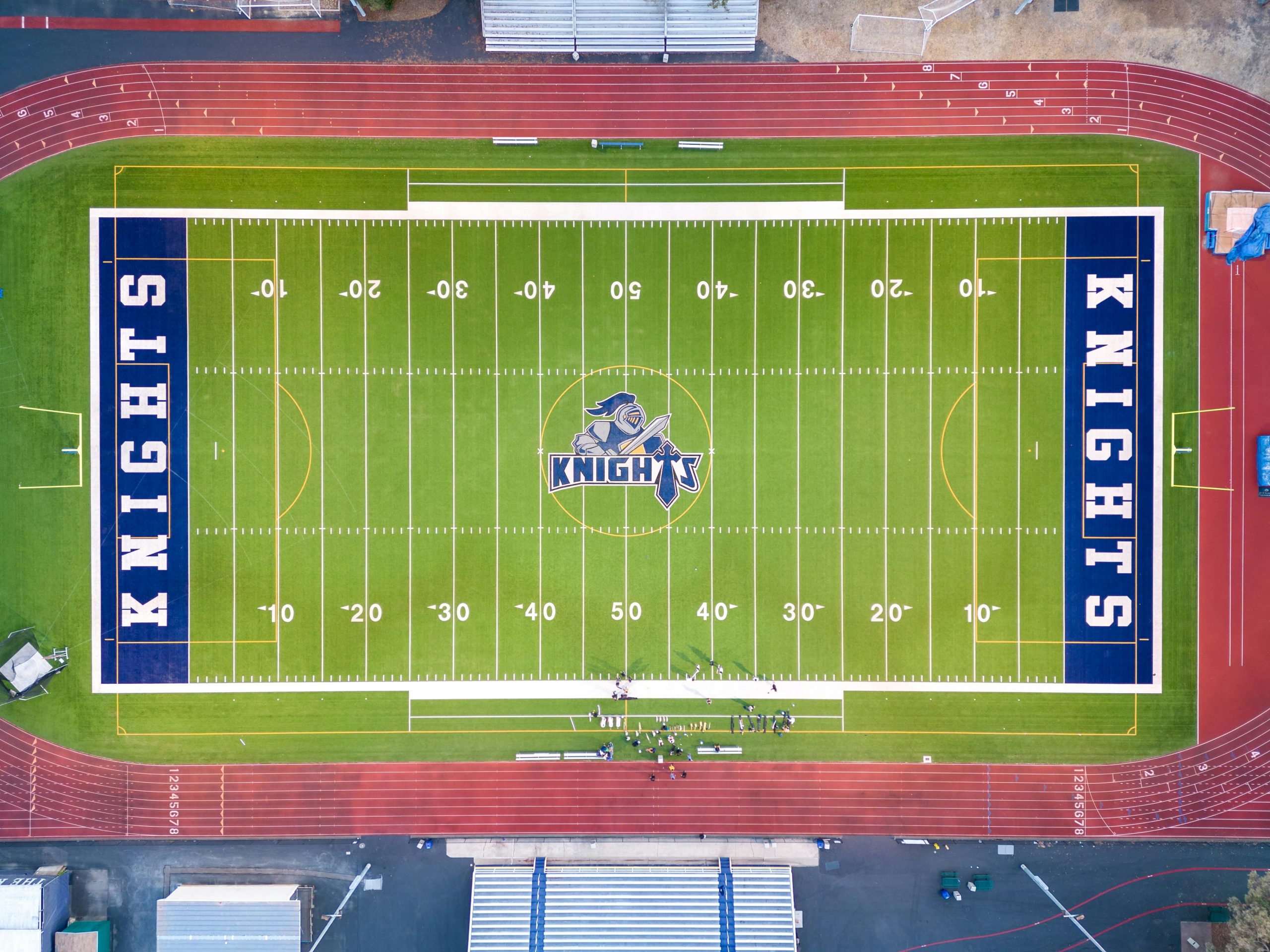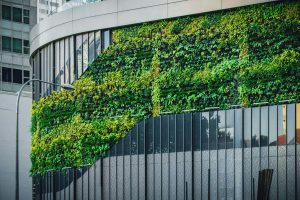In today’s world, where environmental consciousness is becoming increasingly important, our educational institutions have a profound role to play. In “How Can Schools Be Designed Sustainably?”, we explore the various innovative methods and approaches that can transform traditional school buildings into eco-friendly havens. From utilizing renewable energy sources like solar panels to incorporating green spaces that promote outdoor learning, we uncover the steps that can lead to a more sustainable and healthier future for our children. Let’s delve into how we can collectively make our schools a beacon of sustainability and responsibility. How can schools be designed sustainably?
We’ve all been hearing the buzzwords “sustainable design” and “green architecture” quite a bit lately. When it comes to our children’s learning environments, we undeniably recognize the importance of creating spaces that not only foster growth and curiosity but also respect and preserve our planet. So, the question we find ourselves asking is, “How can schools be designed sustainably?” Join us as we delve into this topic, exploring various ways by which educational institutions can adopt sustainable practices and create environments where learners can thrive.
Why Sustainable School Design Matters
Environmental Benefits
One significant advantage of sustainable school design is its positive impact on the environment. By incorporating green building techniques and materials, we can significantly reduce the carbon footprint, minimize waste, and utilize natural resources more efficiently. Sustainable schools help in reducing pollution and conserving energy, which contributes to a healthier planet.
Health and Well-being
In addition to caring for the planet, sustainable school buildings cater to the well-being of students and staff. Features such as improved indoor air quality, natural lighting, and green spaces can contribute to the overall health, happiness, and academic performance of everyone in the building. We’re not just creating structures; we’re building healthier communities.
Educational Benefits
Moreover, sustainable schools offer a living curriculum. When students witness and interact with sustainable practices firsthand, they learn valuable lessons about conservation, responsibility, and innovation. Sustainable schools nurture eco-conscious individuals who are better prepared to address future environmental challenges.
Key Elements of Sustainable School Design
Site Selection and Planning
Choosing the right location for a school is pivotal for its sustainability. Schools should ideally be sited to maximize energy efficiency, leverage natural resources, and minimize environmental disruption.
Efficient Use of Resources
Sustainable design prioritizes the careful use of resources:
- Energy Efficiency: Implementing solar panels, wind turbines, and energy-efficient HVAC (Heating, Ventilation, and Air Conditioning) systems can drastically cut down on energy consumption.
- Water Management: Installing rainwater harvesting systems, low-flow plumbing, and greywater recycling can help manage water use efficiently.
- Material Selection: Opting for locally-sourced, recycled, or rapidly renewable materials reduces the environmental impact of new constructions.
| Resource | Sustainable Practice |
|---|---|
| Energy | Solar panels, wind turbines |
| Water | Rainwater harvesting, greywater recycling |
| Materials | Locally-sourced, recycled materials |
Indoor Environment Quality
Key to both health and sustainability, the quality of the indoor environment encompasses several elements:
- Air Quality: Using low-VOC (Volatile Organic Compounds) materials and ensuring proper ventilation maintains healthy air quality.
- Natural Lighting: Large windows and skylights reduce the need for artificial lighting and enhance learning environments by providing ample natural light.
- Thermal Comfort: Proper insulation and climate control systems ensure that classrooms remain at a comfortable temperature year-round, enhancing focus and performance.
Renewable Energy Sources
One of the cornerstones of sustainable design is the use of renewable energy. Implementing solar panels, geothermal heating and cooling, and even small wind turbines can help schools become energy independent.
Waste Reduction and Management
We can minimize the environmental impact of schools by promoting waste reduction and efficient waste management practices. Recycling programs, composting organic waste, and minimizing single-use materials play crucial roles in these efforts.

Incorporating Sustainability into School Curriculums
Hands-on Learning Opportunities
Designing schools sustainably also involves integrating these concepts into the curriculum. Schools can create outdoor classrooms, garden spaces, and renewable energy labs, allowing students to engage with sustainability concepts in practical, hands-on ways.
Student-Led Initiatives
Encouraging students to participate in sustainability projects nurtures leadership and innovation. From recycling programs to conservation clubs, student-led initiatives can make a real impact while offering leadership and volunteer opportunities.
Partnering with the Community
Sustainability efforts receive a significant boost when schools partner with the community. Engaging local businesses, environmental groups, and even parents in sustainability projects can foster a stronger community commitment to sustainability.
Case Studies: Successful Sustainable Schools
Green School, Bali
One of the most famous examples of sustainable school design is the Green School in Bali. This school was built entirely from bamboo, a rapidly renewable resource, and features natural ventilation, composting toilets, and solar power. It serves as an outstanding model for sustainability and has become a global benchmark for green education.
Bronx Green Middle School, New York
The Bronx Green Middle School in New York integrates sustainable design through solar panels, a greenhouse, and a rooftop garden. This school not only saves energy and resources but also serves as a live learning environment for students.
Ladybird Johnson Middle School, Texas
Ladybird Johnson Middle School is one of the largest net-zero schools in the United States, meaning it produces as much energy as it consumes. This is achieved through the use of solar panels, wind turbines, and a solar thermal system. The school’s sustainability features are incorporated into the curriculum, providing students with practical knowledge about renewable energy and conservation.

The Role of Policy and Legislation
Government Initiatives
Government policies play a critical role in promoting sustainable school design. Incentives for green buildings, grants for renewable energy installations, and strict codes for new constructions can push schools toward more sustainable practices.
Certifications and Standards
Certifications such as LEED (Leadership in Energy and Environmental Design) provide a framework and standards for green buildings. Schools aiming for these certifications must adhere to stringent criteria, ensuring their sustainability efforts are comprehensive and effective.
Funding and Financial Incentives
Funding and financial incentives are crucial for making sustainable designs feasible. Many governments and organizations offer grants, low-interest loans, and tax incentives to schools that implement green practices. These financial aids make it easier for schools to undertake sustainable projects without bearing the full financial burden.
Overcoming Challenges in Sustainable School Design
Budget Constraints
One of the biggest challenges schools face is budget constraints. Sustainable materials and technologies can be expensive upfront, even though they offer long-term savings. Schools can overcome this by prioritizing the most impactful upgrades first and gradually incorporating others.
Resistance to Change
Another common hurdle is resistance to change. Stakeholders may be hesitant to adopt new practices or technologies. To combat this, education and communication are key. Demonstrating the benefits of sustainable design through pilot projects and case studies can help garner support.
Maintenance and Upkeep
Sustainable systems often require specialized maintenance. Training staff and creating detailed maintenance plans can ensure that these systems continue to function effectively, maximizing their sustainability benefits.

Future Trends in Sustainable School Design
Smart Schools
The future of sustainable school design is exciting, with the advent of Smart Schools, which leverage IoT (Internet of Things) to optimize energy use, enhance security, and improve maintenance. Sensors and automated systems can adjust lighting, heating, and even water use in response to real-time conditions, ensuring the school operates at maximum efficiency.
Biophilic Design
Biophilic design incorporates elements of nature into the built environment, promoting well-being and creativity. This includes using natural materials, creating green walls, and designing classrooms to maximize natural views. These designs not only enhance sustainability but also create a more inviting, nurturing learning environment.
Circular Economy in Construction
The concept of a circular economy involves designing buildings so that materials can be reused or recycled at the end of the building’s life cycle. This reduces waste and conserves resources, making it a crucial trend in sustainable school design.
Conclusion
So, “How can schools be designed sustainably?” The answer is multifaceted, involving careful planning, resource efficiency, indoor quality, renewable energy, and waste reduction. Beyond the physical design, integrating sustainability into the curriculum and involving the community are crucial steps.
By adopting these practices, we can build schools that not only respect and preserve our planet but also create healthier, more inspiring spaces for our children. As educators, parents, and community members, it’s our responsibility to champion these initiatives. Together, we can create a legacy of sustainability that will benefit generations to come.
Let’s take these steps today to ensure a brighter, greener tomorrow.



